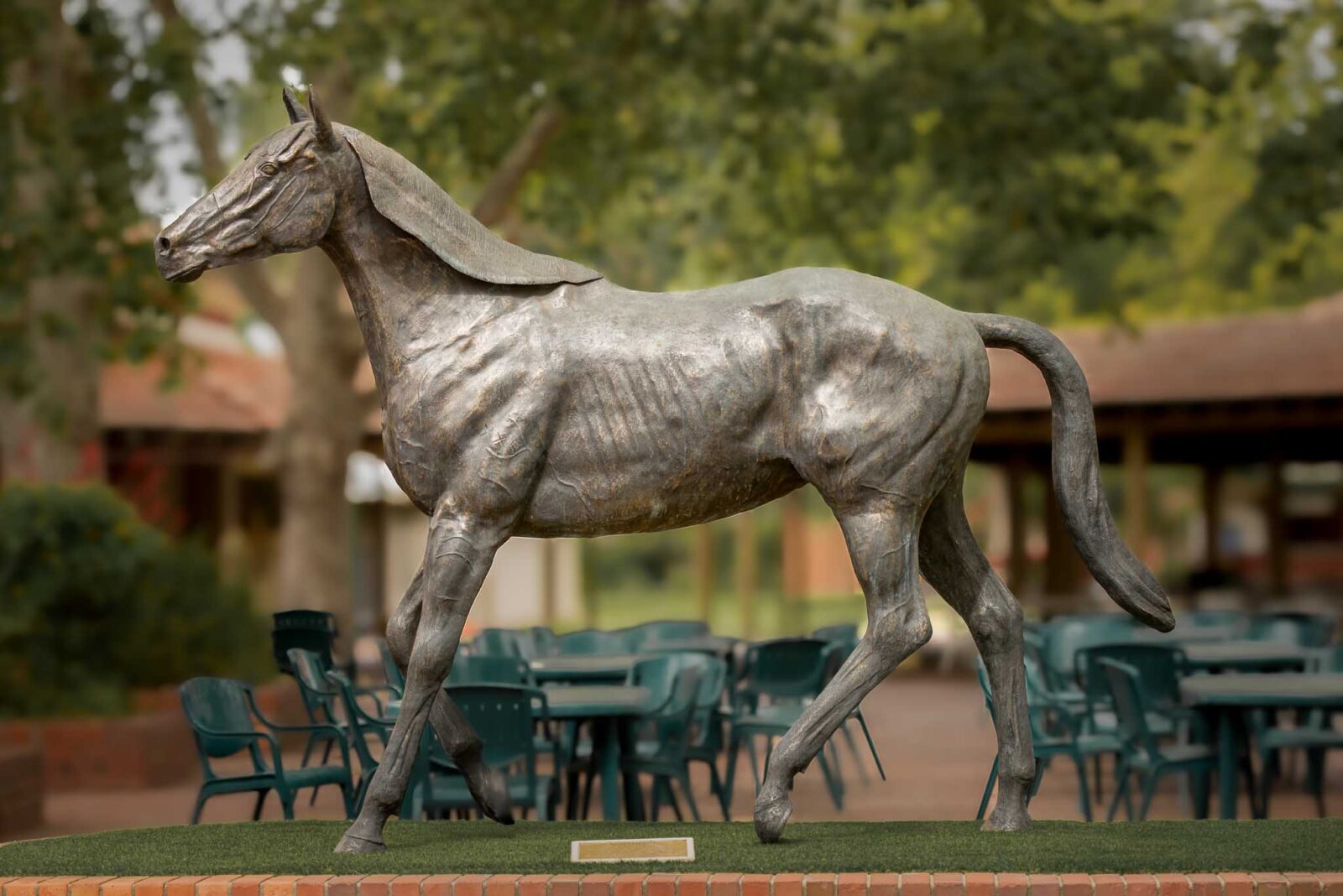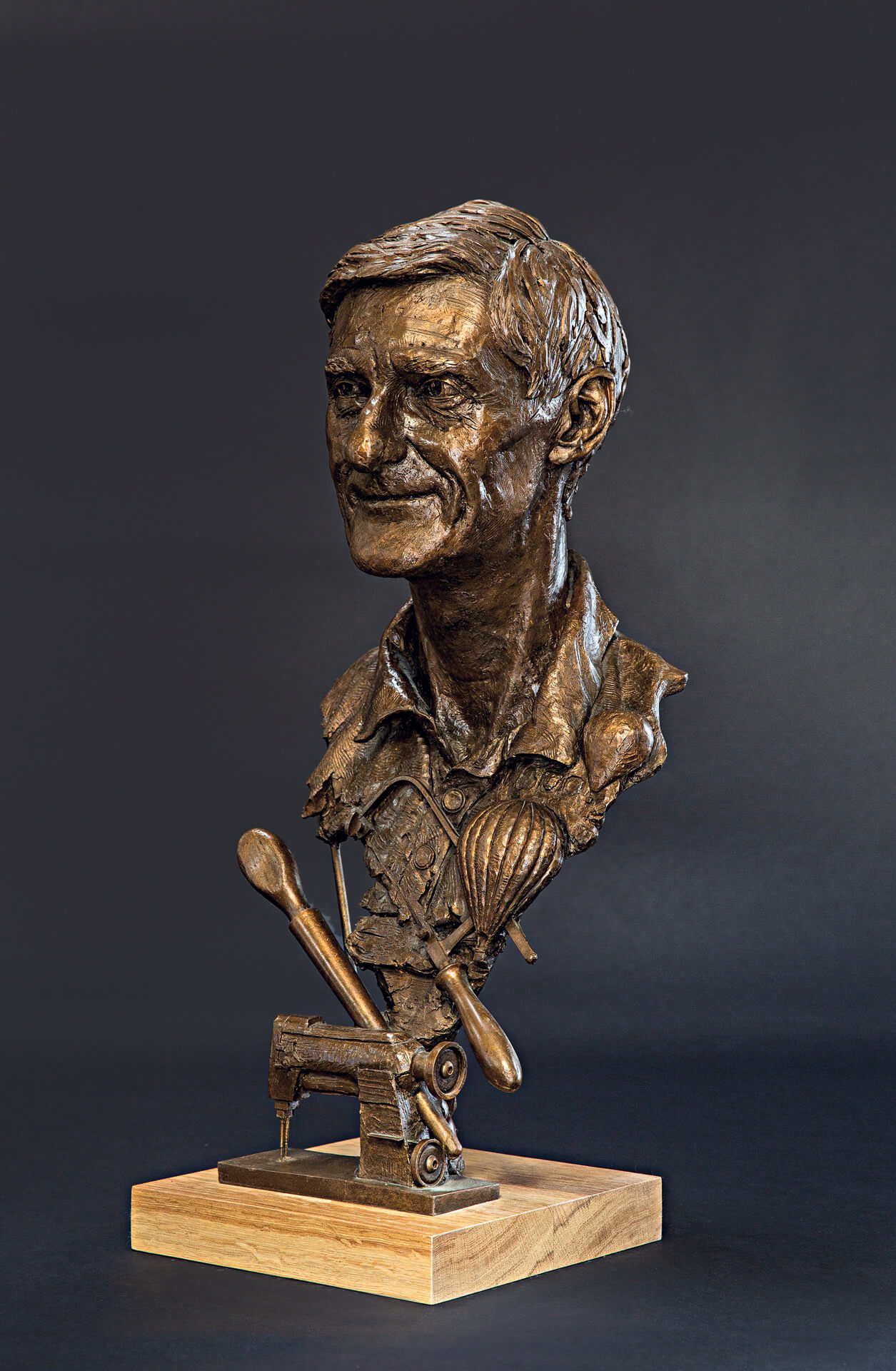The Development of Sculptures: From Ancient to Modern
The Advancement of Sculptures: From Old to Modern.
Sculpture, one of the earliest types of art, has been an indispensable part of human civilization for centuries (Figurative Sculptures). From the ancient worlds of Egypt and Greece to the modern-day era, sculptures have developed, reflecting modifications in artistic strategies, products, and social impacts. This trip with time traces the development of sculptures, checking out the shifts stylishly, topic, and artistic expression
Starting with the ancient globe, sculptures crafted from rock and later on bronze recorded the essence of deities, rulers, and daily life. The Renaissance period witnessed a revival of classical sculpting methods, as artists sought to emulate the elegant kinds of old Greek and Roman sculptures. In the modern-day age, artists tested typical limits, accepting abstraction and experimentation with brand-new products.

This expedition will certainly look into the diverse advancement of sculptures, revealing the abundant tapestry of artistic expression throughout different durations and cultures.
Old Sculptures: From Stone to Bronze
Ancient sculptures transitioned from being sculpted out of stone to being cast in bronze. This change marked a substantial advancement in the art of sculpture, permitting greater improvement and detail in the completed works. Rock sculptures, while excellent in their very own right, were limited by the nature of the product. Stone called for considerable shaping and sculpting, often causing a more simplified depiction of the subject.
The intro of bronze as a medium for sculptures brought around a change in creative expression. Bronze supplied sculptors the chance to develop natural and intricate types that were not feasible with rock. The process of casting bronze permitted for the development of several duplicates of a sculpture, enabling broader distribution and preservation of these creative work of arts.
The change from stone to bronze likewise saw a change in the subject of sculptures. While stone sculptures primarily illustrated gods, goddesses, and mythical figures, bronze sculptures started to show a more comprehensive variety of topics, including daily individuals and pets. This development of subject showcased the convenience and adaptability of the bronze medium.
Renaissance Revival: Sculpting in the Classical Style
The Renaissance revival of sculpture witnessed a renewal in the timeless style, structure upon the innovations made throughout the transition from rock to bronze in old sculptures. Throughout this duration, musicians looked for to recreate the timeless visual and perfects of beauty that were prevalent in ancient Greek and Roman sculptures.
One of the vital features of the Renaissance rebirth was the focus on naturalism and the human form. Sculptors like Donatello and Michelangelo make every effort to capture the anatomical information and expressions of their topics with unmatched precision. They examined the human body and incorporated their monitorings right into their sculptures, resulting in natural and practical representations.
Another crucial element of the Renaissance rebirth was the expedition of perspective and deepness. Artists used strategies such as contrapposto, where the weight of the body is moved to one side, developing a sense of activity and dynamism. They likewise experimented with various materials, consisting of marble and bronze, to achieve a degree of elegance and complexity in their sculptures.
The timeless style of the Renaissance revival had a profound impact on later durations of art, working as a foundation for the advancement of Western sculpture. It brought a renewed gratitude for the elegance and magnificence of the human form, and its tradition can still be seen in contemporary sculptures today.
Modernism and the Avant-Garde: Breaking Standard Boundaries

One of the essential attributes of modernist sculpture was the emphasis on abstraction. Sculptors moved away from realistic depictions and instead concentrated on recording the essence of the subject through streamlined kinds and geometric forms. This departure from standard representation allowed artists to share their feelings and concepts in a more subjective and personal fashion.
Furthermore, the progressive motion challenged social norms and conventions, encouraging musicians to experiment and push the boundaries of their art - Portrait Sculptor. Sculptors started integrating unusual materials such as found items, industrial materials, and also natural elements right into their job. This expedition of brand-new materials and strategies not just expanded the opportunities for sculpture however likewise tested the standard concepts of what can be taken into consideration art
Contemporary Sculptures: Discovering New Products and Concepts
With a concentrate on discovering brand-new products and ideas, contemporary sculptures have actually transformed the area of art. Artists today are pushing the borders of standard sculpture by exploring and making use of ingenious materials with abstract ideas. These sculptures test standard concepts of form, materiality, and definition, inviting audiences to participate in a thought-provoking and new imaginative experience.
Contemporary sculptors are welcoming a vast array of materials, including plastic, glass, steel, and also raw material. Portrait Sculptor. They are not limited to the typical medium of stone or clay, enabling for higher civil liberty and testing. This change in the direction of unconventional materials has actually opened up brand-new opportunities for musicians to create sculptures that are dynamic, interactive, and visually striking
Along with checking out new materials, modern sculptures additionally dive right into complex and abstract ideas. Artists are now checking out motifs such as identification, social problems, and the setting, making use of sculpture as an effective tool for social discourse and introspection. These sculptures challenge visitors to assume seriously and involve with art on a much deeper degree, triggering discussions and prompting psychological feedbacks.
International Impacts: Sculptural Practices From Around the Globe

In ancient Egypt, sculptures were produced mostly for spiritual and funerary purposes. The legendary sculptures of pharaohs and gods, such as the Great Sphinx and the bust of Queen Nefertiti, display the Egyptians' proficiency of rock sculpting and their belief in the immortality.
In ancient Greece, sculpture reached its optimal throughout the timeless duration. Influenced by the perfects of elegance, consistency, and percentage, Greek sculptures emphasized the human form and commemorated the success of heroes, athletes, and gods. The well-known sculptures of Aphrodite of Knidos and the Discobolus exemplify the Greeks' pursuit of excellence in sculptural art.
In old Rome, sculpture served both artistic and political objectives. Bronze Sculptures. Roman sculptures typically portrayed emperors, generals, and mythical numbers, mirroring the power and magnificence of the empire. The marble statuary of Augustus of Prima Porta and the significant Arch of Constantine are remarkable instances of Roman sculptural success
Oriental sculptural practices, especially in India, China, and Japan, have also had an extensive impact on the advancement of sculptures. Indian sculptures, such as the delicately carved holy places of Khajuraho and the gigantic statues of Buddha, display a rich combination of religious, mythological, and building aspects. Chinese sculptures, characterized by their fine workmanship and attention to detail, usually depict deities, animals, and fabulous figures. Japanese sculptures, affected by Buddhism, emphasize simpleness and harmony, seen in the serene statuaries of Buddha and the elegant art of bonsai.
The global impacts on sculpture proceed to evolve in the contemporary period. Artists today attract inspiration from different sculptural customs, including new materials, methods, and principles to create ingenious and provocative artworks. The fusion of various social impacts has triggered a dynamic and varied sculptural landscape, reflecting the interconnectedness of our global culture. As we aim to the future, it is particular that the worldwide impacts on sculpture will continue to form and redefine this old art kind.
Verdict
Finally, the evolution of sculptures has seen a change from old stone and bronze works to the classical revival during the Renaissance. This was followed by the breaking of typical borders via modernism and the progressive motion. Today, contemporary sculptures check out new materials and concepts, useful source while additionally attracting motivation from international sculptural practices. The trip of sculptures shows the ever-changing creative expressions and cultural impacts throughout background.
From the old people of Egypt and Greece to the modern-day era, sculptures have progressed, mirroring changes in artistic methods, products, and cultural influences.Beginning with the ancient world, sculptures crafted from stone and later bronze recorded the significance of deities, rulers, and everyday life.Ancient sculptures transitioned from being carved out of rock to being cast in bronze. While rock sculptures primarily illustrated gods, sirens, and mythical numbers, bronze sculptures started to show a more comprehensive array of topics, consisting of day-to-day individuals and pets.In conclusion, the development of sculptures has seen a shift from ancient stone and bronze works to the classical revival during the Renaissance.